Tens of Thousands of Years Ago, Humans in Argentina Feasted on this Unexpected Animal
Researchers examining the fossilized remains of an ancient mammal that lived over 20,000 years ago in Argentina were shocked to find evidence that humans butchered and feasted on it.
A new study examined mammalian bones unearthed at the site in South America, leading scientists to conclude that ancient humans may have spread throughout the continent much earlier than previously anticipated.
Ice Sheets Covered the Americas During the Pleistocene Era
For decades, researchers have postulated the theory that humans first arrived in America around 13,000 years ago at the end of the last ice age by crossing a land bridge that connected Alaska to Siberia.

Source: Wikimedia
This theory remained prevalent because, throughout the Late Pleistocene epoch, roughly 129,000 to 11,700 years ago, it was thought that the vast majority of the Americas were covered in a thick layer of ice.
New Evidence Suggests Humans Arrived in America Earlier Than Once Thought
Despite this long-standing theory, in recent years, archaeologists have begun finding evidence throughout North and South America that contradicts it.
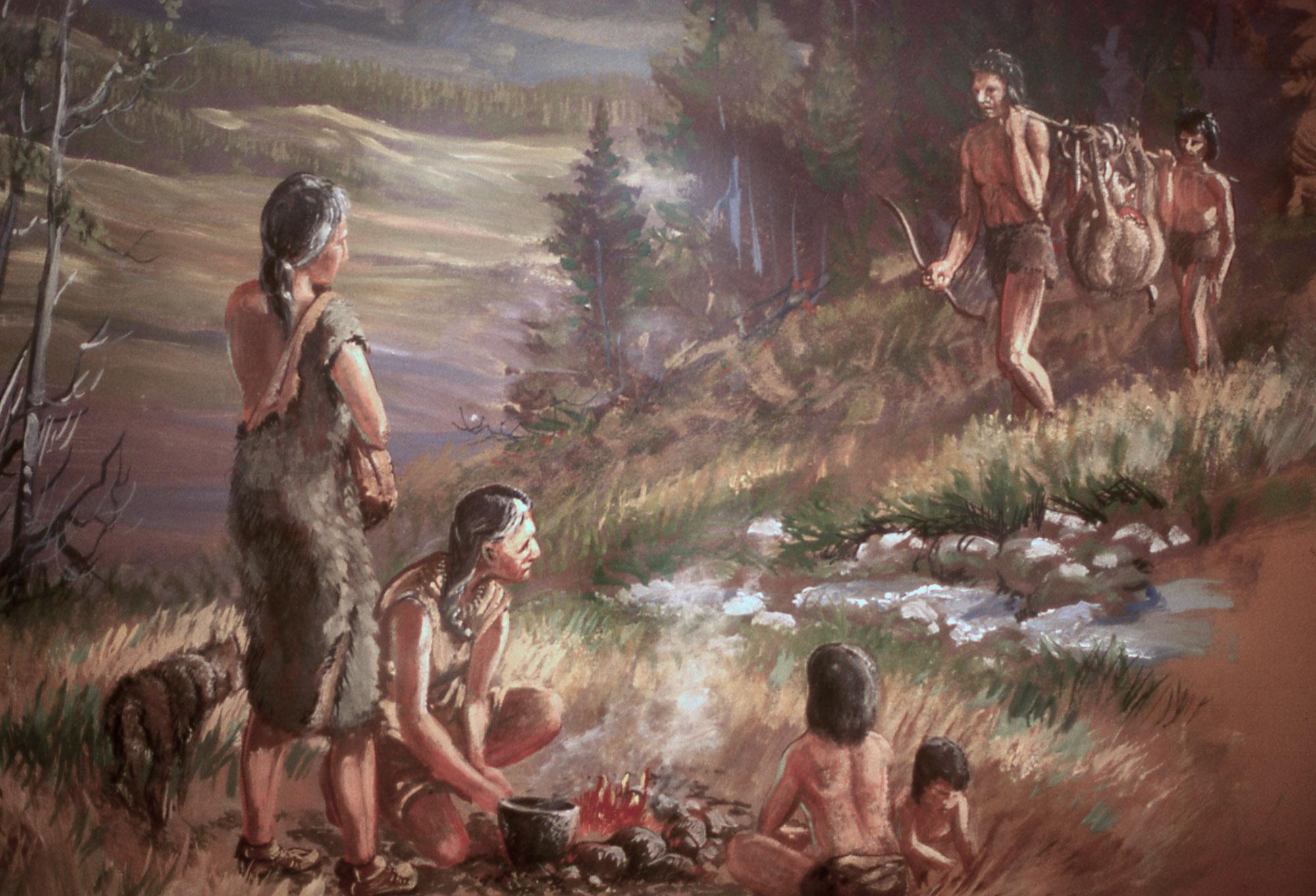
Source: Wikimedia
Evidence is now beginning to suggest that humans arrived on the continent much earlier than once thought.
Ancient Humans Butchered Armadillo in Argentina
A new study published in the journal PLOS One appears to back up the theory that humans arrived in America long before initially thought.
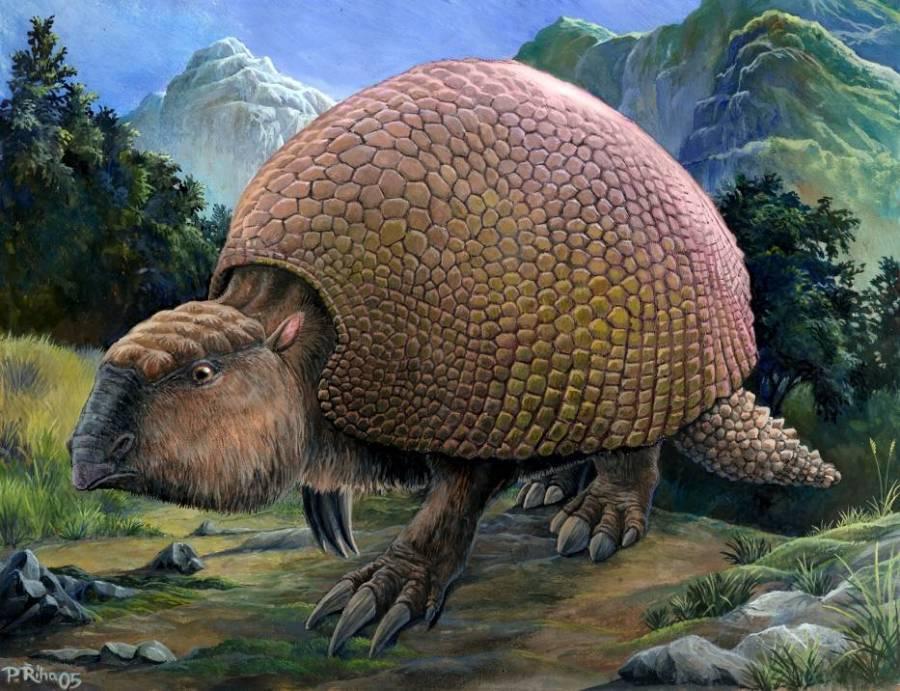
Source: Wikimedia
Researchers found the fossilized remains of a Neosclerocalyptus, an extinct relative of the modern armadillo in Argentina. The bones contained numerous cut marks, suggesting ancient humans butchered the animal.
Oldest Example of Humans Interacting With Megafauna in the Americas
Researchers are certain the cut marks on the extinct megafauna were caused by human hands. Found in the Pampean region of Argentina, the fossilized remains are one of the oldest known examples of Homo Sapiens interacting with animals in the Americas.
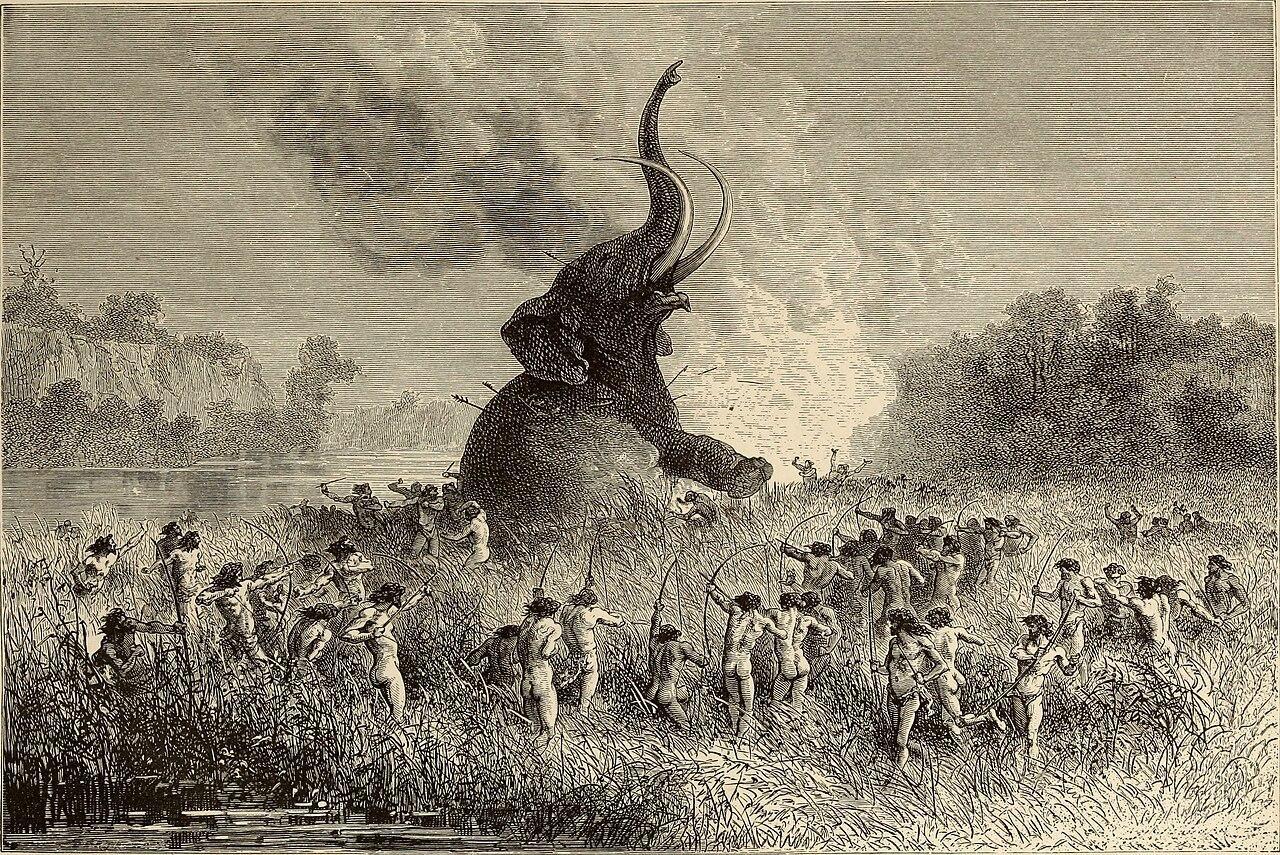
Source: Wikimedia
Unearthed on the banks of the Reconquista River just outside of Buenos Aires, paleontologists revealed parts of the mammal’s tail and pelvis were recovered.
Dating of the Megafauna
While the skeletal remains of the Armadillo-like animal were fascinating, the researchers were most interested in the dating of the bones.

Source: Freepik
After several tests, a small piece of the pelvic bone was carbon-dated to around 21,090 years ago. This suggests that humans had already reached Argentina over 6,000 years earlier than expected.
Researchers Determined the Cuts Were Made by Humans
To determine whether the cuts were truly made by ancient humans, the researchers photographed the fossils and later created a 3D model of the bones.
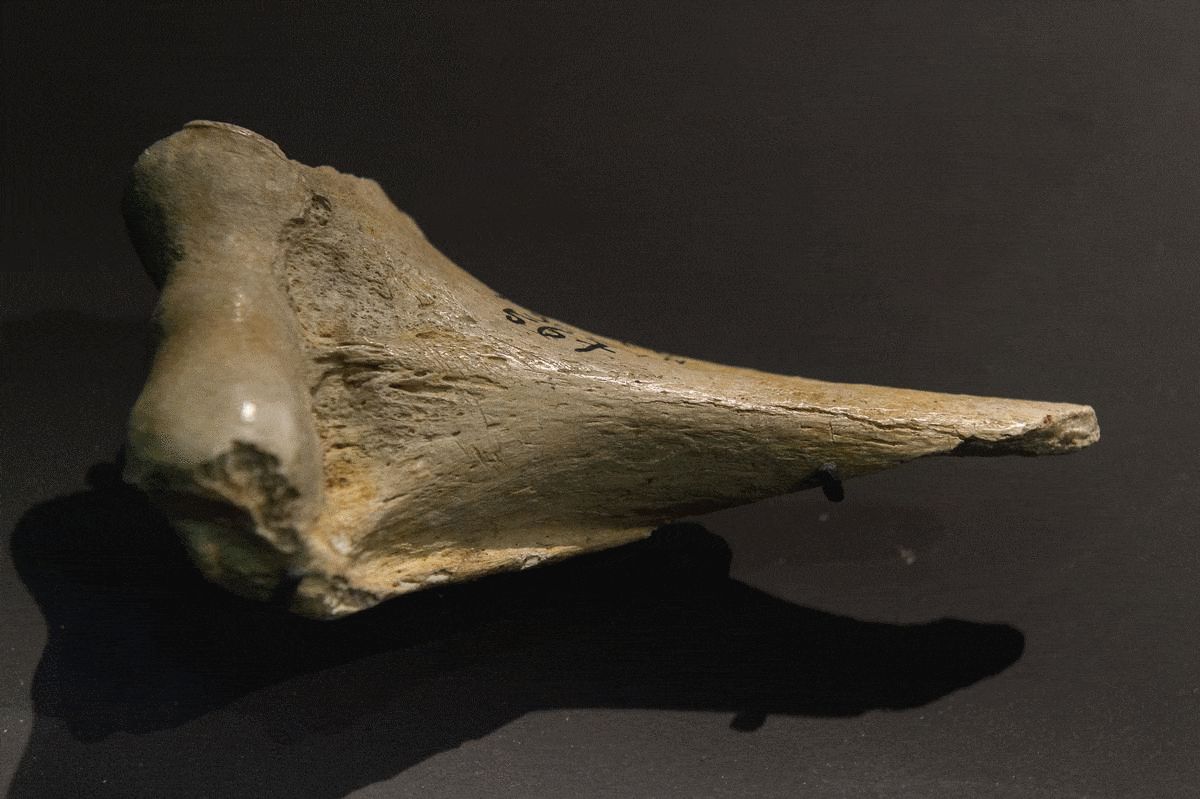
Source: Wikimedia
This allowed the scientists to better inspect the incision marks. They explained that since some of the cuts were V-shaped, it seemed they were the product of stone tools, and the pattern was unlikely to have been random.
Scientists Rule Out Alternative Causes Behind the Cuts
The team of experts also ruled out alternative causes behind the cuts, including other larger predators.

Source: Freepik
According to their study, most carnivorous animals have U-shaped teeth, which don’t correspond with the marks. They also ruled out natural deterioration of the bones after the animal died.
Researchers Conclude Ancient Humans Feasted on the Armadillo
The location of the cut marks spread throughout the bones of the animal indicates a butchering sequence.
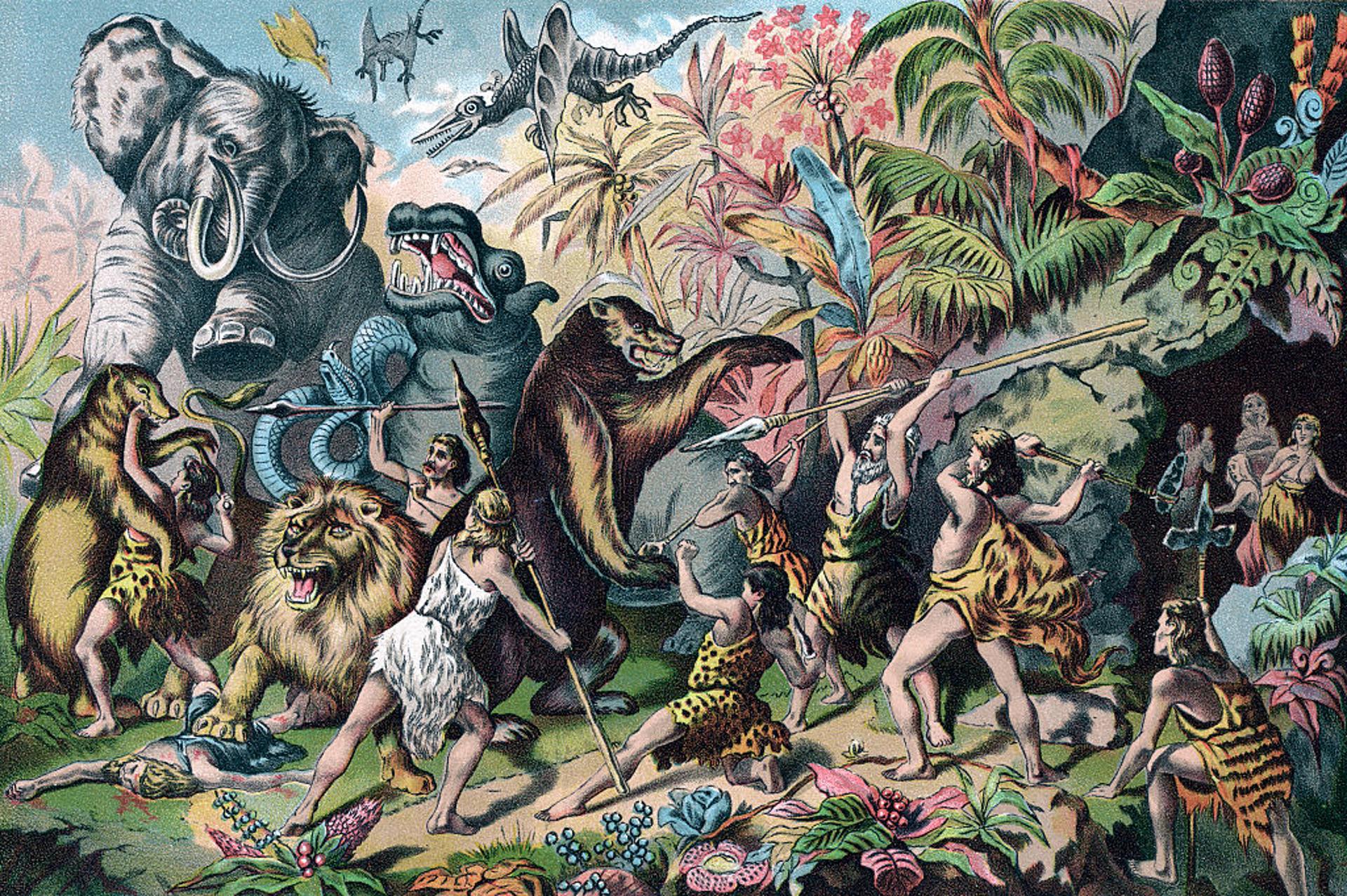
Source: Getty Images
After a meticulous examination of all their data, the researchers confidently concluded that ancient humans were responsible for the butchering of this ancient mammal and likely consumed the muscle meat from its tail and pelvis.
Why Did Ancient Humans Hunt Enormous Armadillos?
Miguel Delgado, a co-author of the study and a paleoanthropologist at the National University of La Plata in Argentina, shared his thoughts on why ancient humans hunted this particular mammal.
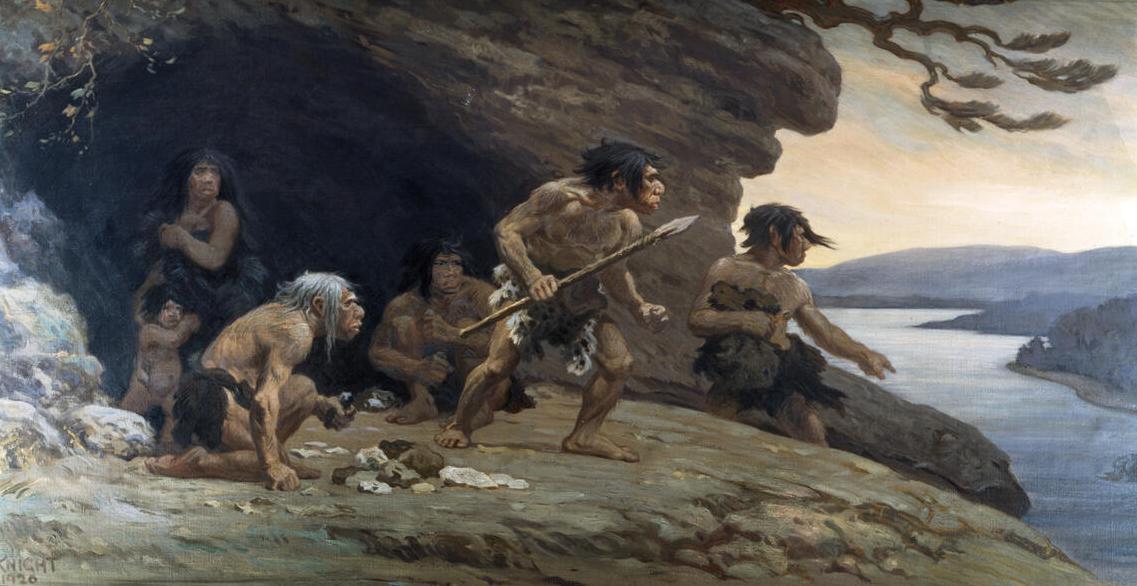
Source: Wikimedia
“It is possible that people targeted glyptodonts because of their size and the large muscle packs they possess,” he said.
The Implications of the New Study
Besides shedding light on the interactions between ancient humans and megafauna in South America, the study provided researchers with clear evidence of human presence in the region thousands of years before previously thought.

Source: Wikimedia
The study’s results “push back the chronological frame of both human presence and human—megafauna interactions nearly 6,000 years earlier than recorded for other sites in southern South America,” the authors said.
Further Research is Required at the Site
While the archaeological community largely welcomed the finds, Loren Davis, an archaeologist at Oregon State University, suggested that further research is crucial as the team has yet to find any human-made tools at the site.

Source: Freepik
“Establishing the degree to which human actions of butchery are similar to and different from the breadth of natural processes that modify bone is needed to support their claim for human presence at this site ~21,000 years ago,” he said.
